The Legendary Life and Prolific Career of John Wayne, Hollywood's "Duke"

John Wayne, nicknamed "The Duke," was one of the biggest and most recognisable movie stars of Hollywood's golden age. Over a career that spanned half a century, Wayne starred in over 150 films and defined the archetype of the American cowboy and war hero.
But behind the swaggering on-screen persona was a fascinating life story and a long, bumpy road to stardom. Here we'll take a closer look at Wayne's upbringing, his rise to fame, and his most iconic roles.
Humble Beginnings in Iowa
On May 26, 1907, Marion Robert Morrison was born in Winterset, Iowa. It may surprise fans to learn Wayne's birth name was actually Marion, which he deemed too feminine later in life.
As a child, Wayne loved the outdoors and spent a lot of time around his dog - a large Airedale Terrier named Duke. The family called the dog "Big Duke" and Marion "Little Duke," eventually leading Marion to adopt "John Wayne" as his stage name.

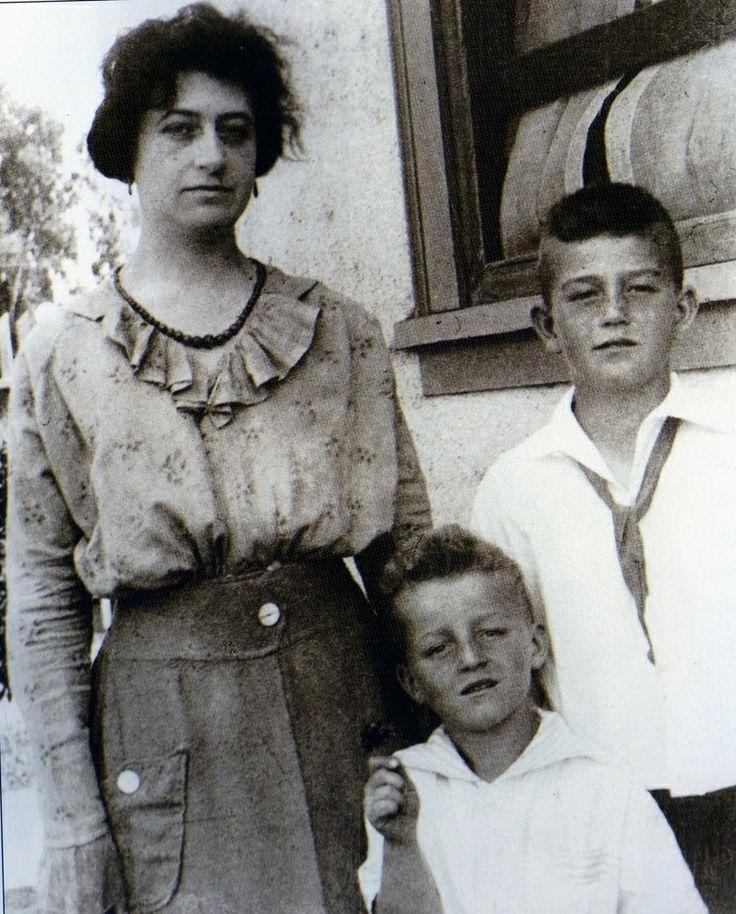


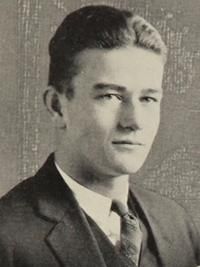
The family relocated to Southern California when Wayne was still young. As a teenager, Wayne worked as a fruit picker and did well academically, though he was more focused on sports and activities like swimming and surfing.
Surfing Injury at USC Changed Wayne's Trajectory
John Wayne attended the University of Southern California on a football scholarship in 1925. At USC, Wayne was studying pre-law but held aspirations of working in the burgeoning motion picture business.
Wayne was, by all accounts, a solid football player at USC as an offensive lineman. However, while body surfing one day at Newport Beach, he badly injured his shoulder.

This injury caused Wayne to lose his football scholarship, unable to keep playing. He lost his financial aid for school in the process, which forced Wayne to leave USC just a few years short of graduation.
RELATED POST
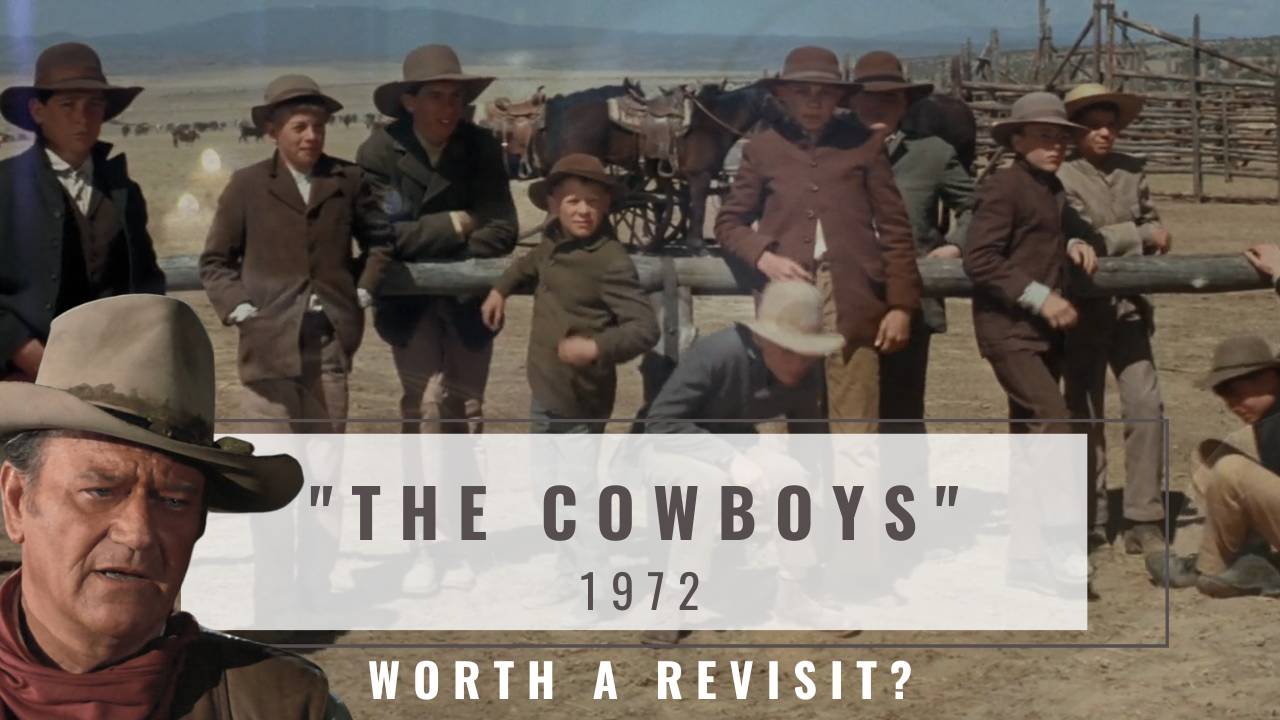
After dropping out, Wayne began working studio jobs while pursuing a new dream of being a movie star. This led to a chance meeting with acclaimed Western director John Ford, who became a mentor and close friend. In many ways, a chance injury while surfing altered the course of Wayne's life and career forever.
The Big Break That Wasn't
In 1930, rising director Raoul Walsh cast Wayne in his first starring role in the epic Western The Big Trail. Filmed in an experimental 70mm widescreen process, it was unlike anything audiences had seen before. However, only a handful of theatres were equipped to show it properly, so the film flopped at the box office.

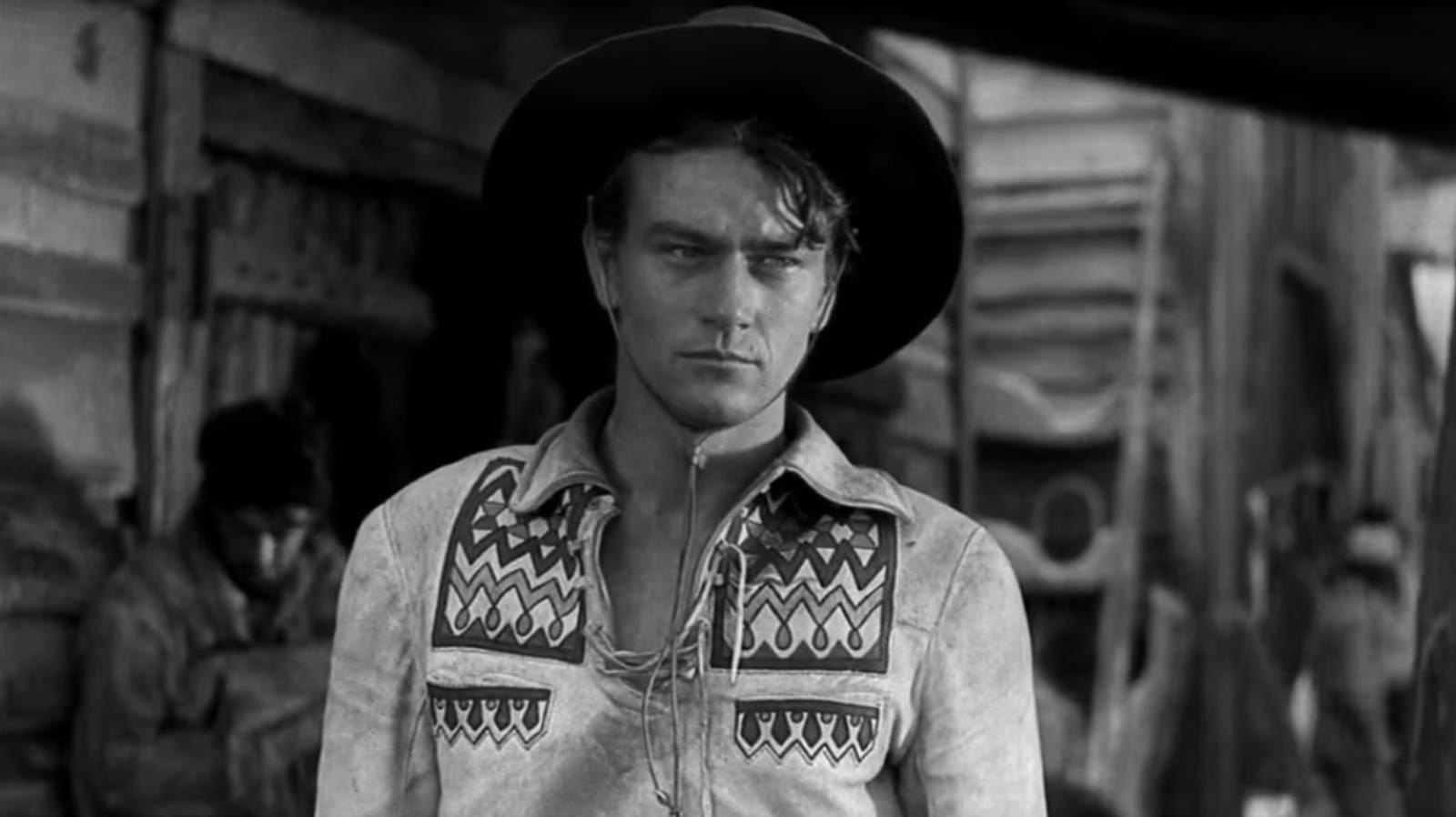
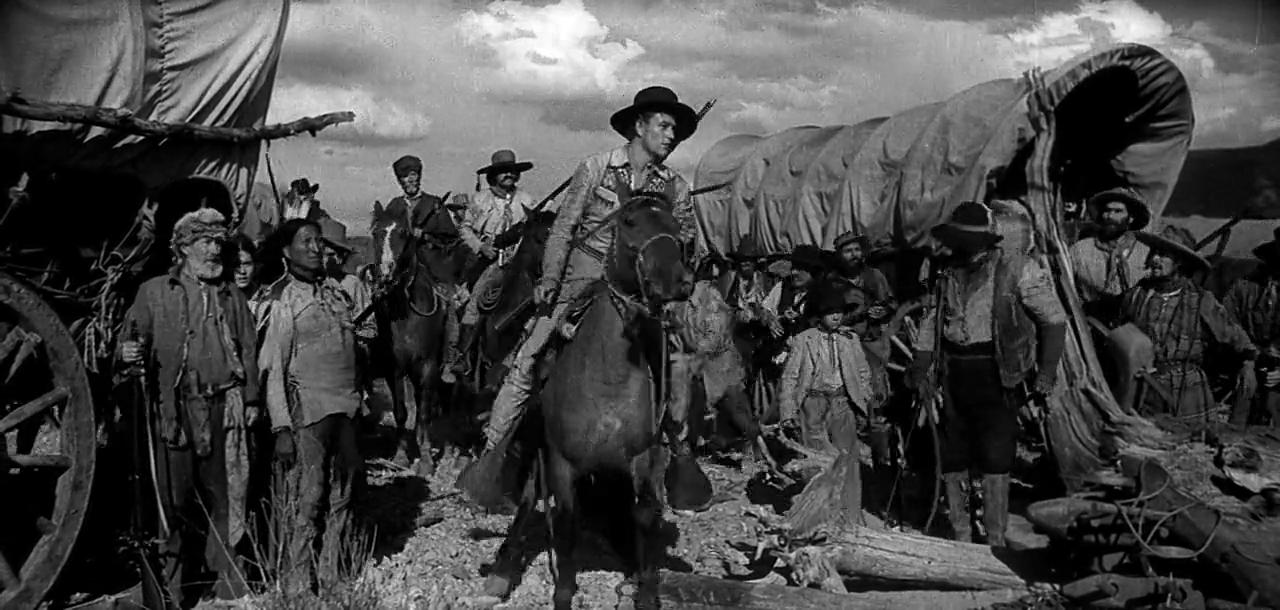
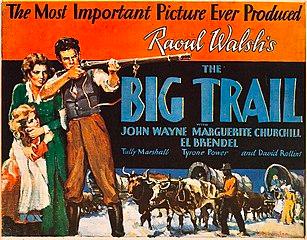
Starring in B-Westerns
For most of the 1930s, Wayne was relegated to low-budget "B-Westerns," churning out as many as six films per year. During this period, Wayne developed his now-famous persona - the tall, laconic man of action with a gentle swagger.
While these films were not well regarded by critics, they allowed Wayne to hone his craft and build a reputation with audiences.

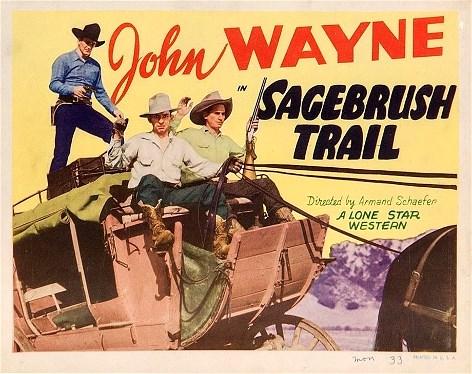
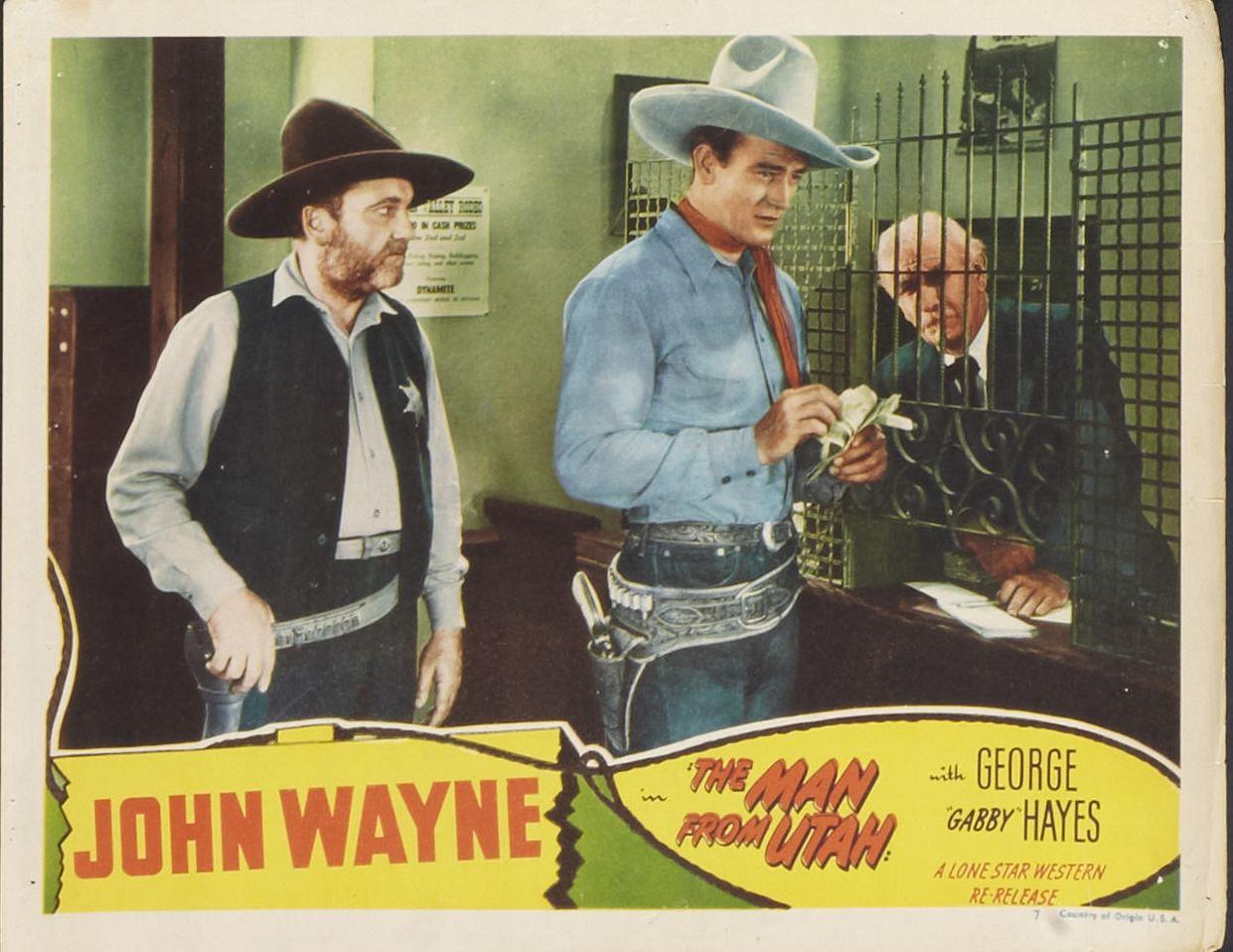
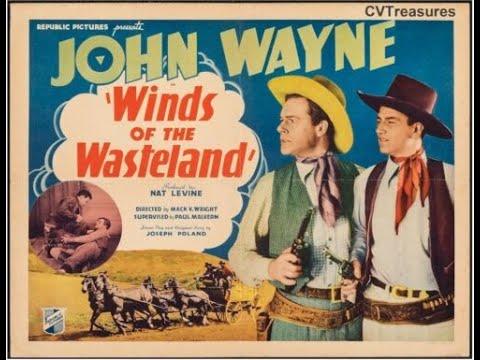
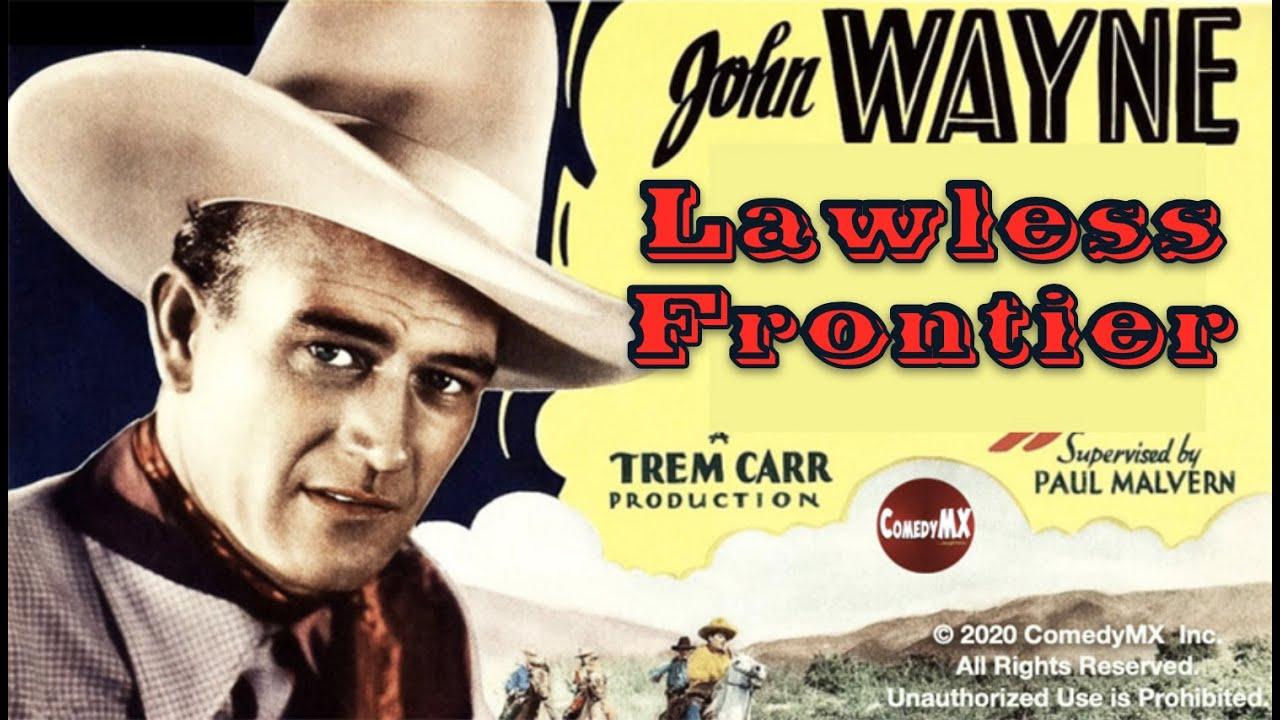
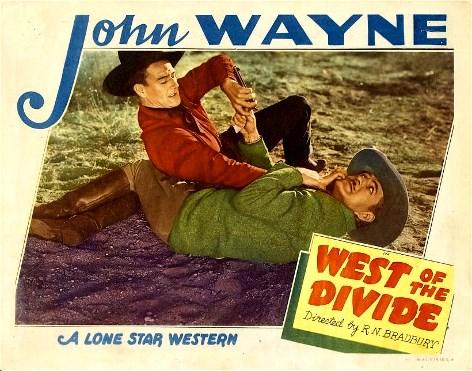
Wayne's Breakthrough Role in Stagecoach (1939)
Though he appeared in many films in the 1930s, it was 1939's Stagecoach that transformed Wayne into a proper movie star. Directed by his friend and mentor John Ford, Stagecoach was one of Hollywood's first Westerns shot on location.
Wayne played the part of the Ringo Kid, an escaped outlaw seeking vengeance. His charismatic performance stole the show and demonstrated Wayne's leading man abilities for the first time.
RELATED POST

Many elements came together to make Stagecoach Wayne's career-defining role. He was finally given top billing and a character with depth. Under Ford's keen direction, Wayne displayed more vulnerability and emotion on screen.
The film's breathtaking Monument Valley backdrop added production value rarely seen in low-budget Westerns. When Stagecoach became a hit, it redefined the genre and turned Wayne into a star.
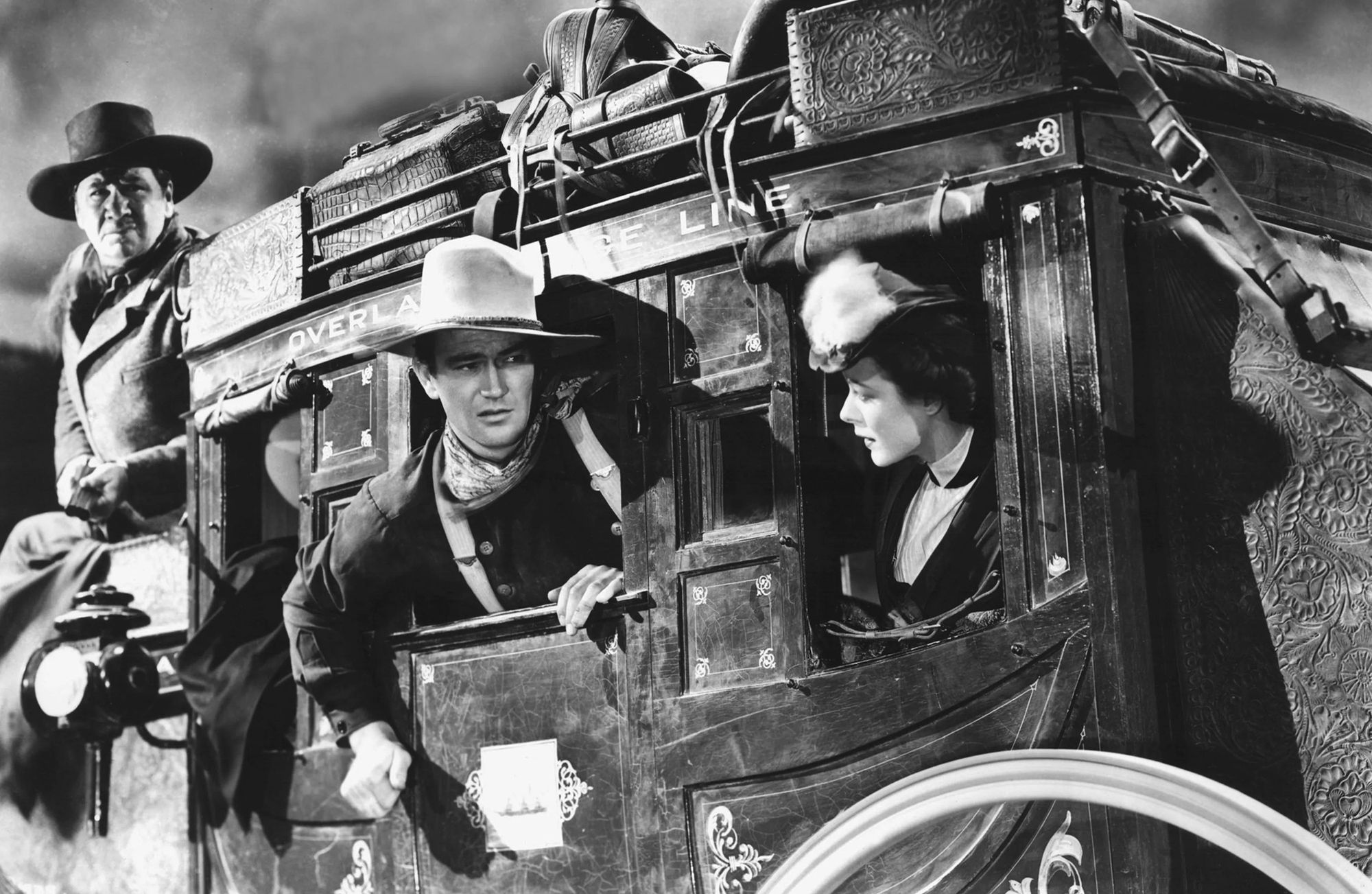
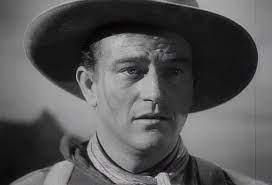



Wayne Worked with Director John Ford on Over 20 Films
One of the most enduring actor-director partnerships in Hollywood's history was that between John Wayne and filmmaker John Ford. The two men first met in the late 1920s at the Fox Film Studios.
Ford took a liking to the young actor Marion Morrison and promised to make him a star if he changed his name. Their friendship grew from there, and Ford gave Wayne his first starring role in Stagecoach. Ford's productions were known to be efficient but demanding. He famously coerced some of Wayne's best performances out of him in films like The Searchers (1956). Their partnership benefited both men's careers greatly.
Over the next 50 years, Wayne and Ford collaborated on over 20 films, from Westerns like Fort Apache (1948) to war films such as They Were Expendable (1945).




World War II Service
With America's entry into World War II, Wayne was determined to serve despite being exempted for his age and family status. He enlisted in the U.S. Army but was rejected due to an old football injury.
Undeterred, Wayne met with Ford and joined the OSS (a precursor to the CIA) in 1943. He spent most of the war working on propaganda films at Republic Studios and defending America's role in the conflict.


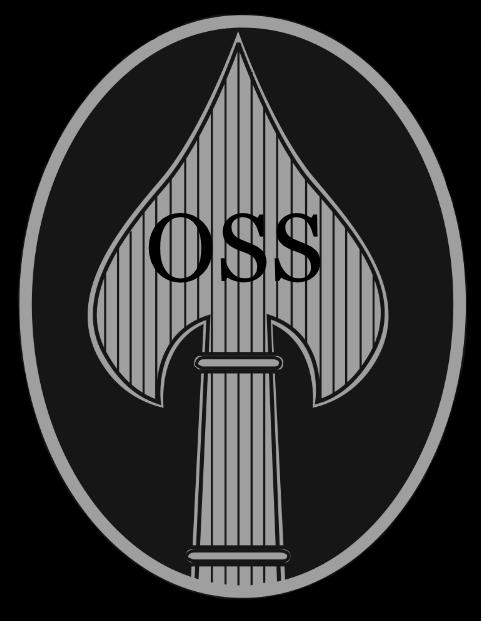
Post-War Superstardom
In the years after WWII, Wayne reached new heights of stardom with hit films like Red River (1948), Sands of Iwo Jima (1949), and The Searchers (1956). Directors like Ford, Howard Hawks, and Otto Preminger capitalised on Wayne's commanding screen presence.

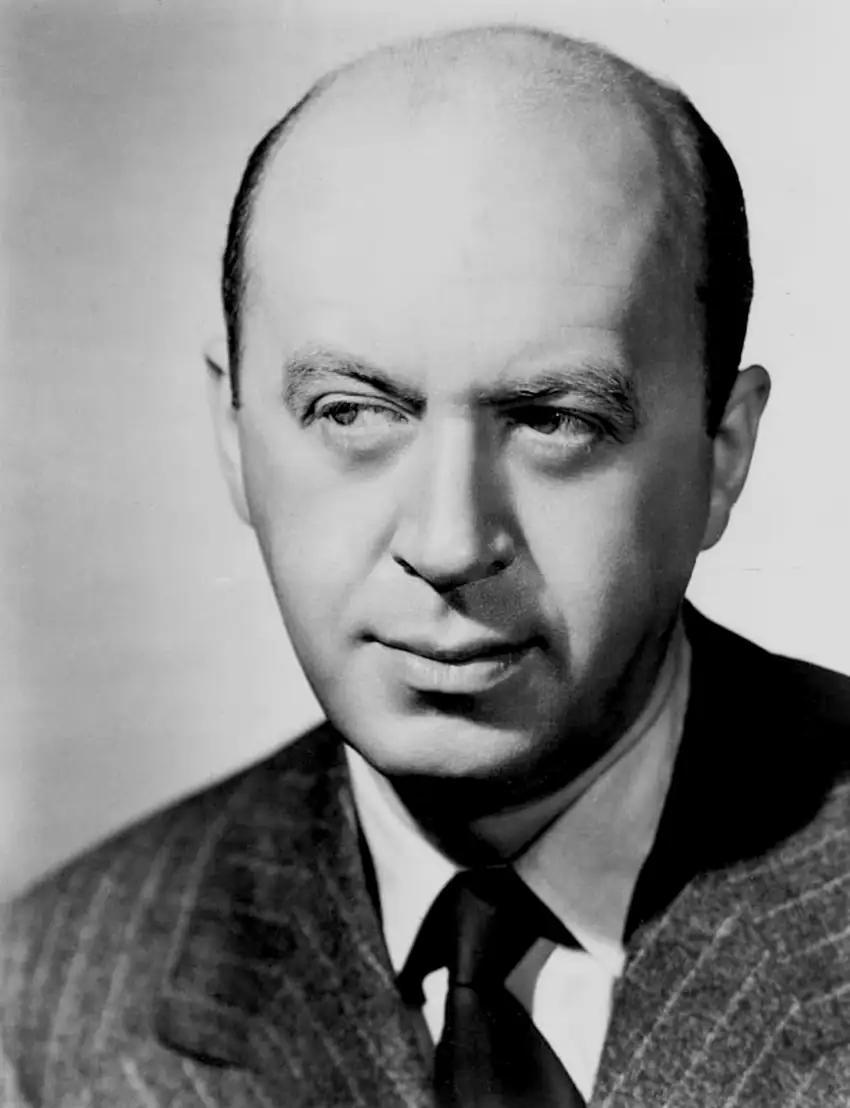
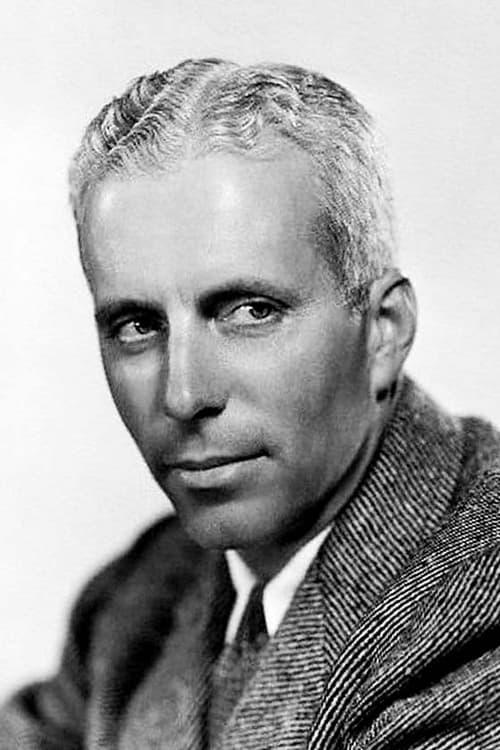
Off-screen, Wayne was actively involved in conservative politics and anti-communist causes. But he drew criticism for racist remarks made during this era regarding Native and African Americans.
Wayne's Politics - From Progressive to Controversially Conservative
During his early career, John Wayne held progressive political views, even voting for Franklin D. Roosevelt. But as his stardom rose, Wayne became an outspoken conservative Republican.
He enthusiastically supported anti-communist causes and Joseph McCarthy's investigations in the 1940s and 1950s. Wayne also made controversial statements criticising civil rights efforts and equality for Black and Native Americans during this era.

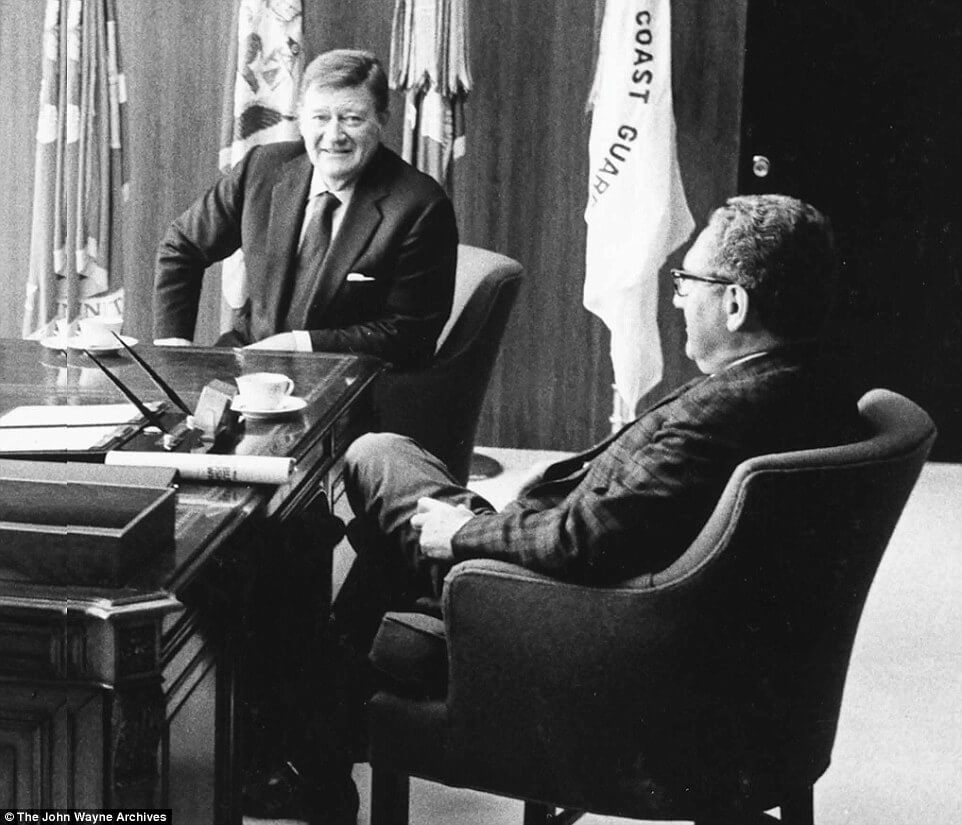

Scholars debate how much Wayne's screen persona bled into his real-world views. But there is no denying that the Duke became a polarising right-wing activist in Hollywood as he aged. It's an intriguing contradiction for a man who often played characters fighting injustice
Wayne Passionately Directed and Starred in The Alamo (1960)
In the 1950s, Wayne formed his own production company, Batjac Productions. This allowed him to have more creative control over his films.
In 1960, Wayne stepped behind the camera to make his directorial debut with The Alamo - a grandiose and deeply personal epic about the famous 1836 siege.
As a director, Wayne was known as an efficient, no-nonsense leader. He also starred as Davy Crockett, giving a subdued, melancholic performance.
RELATED POST

Obsessed with historical accuracy, Wayne spared no expense in building an intricate reproduction Alamo set. The demanding $12 million production took a toll on his health during filming.
While not a huge hit at the time, Wayne considered The Alamo his cinematic masterpiece and was fiercely proud of the film until his death. It embodied his passion for American history and myth-making.

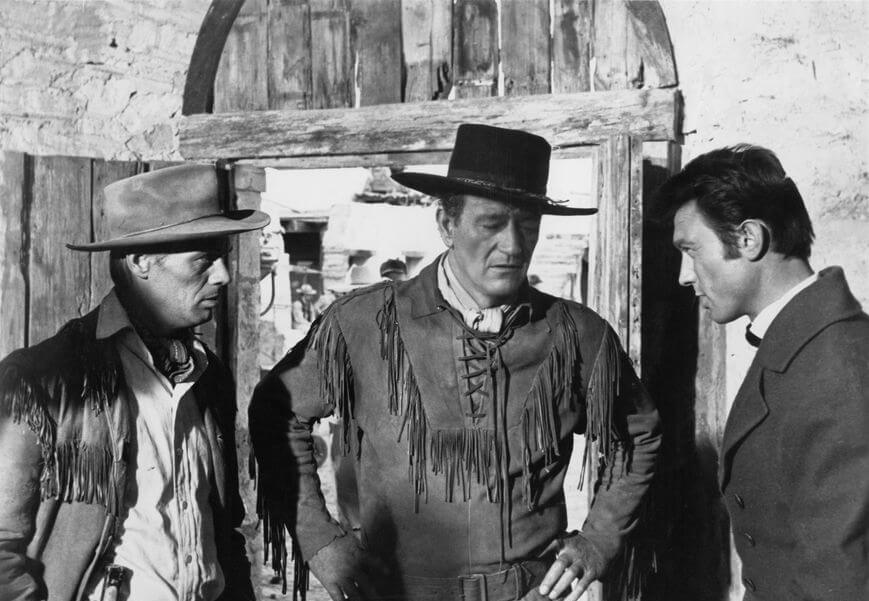
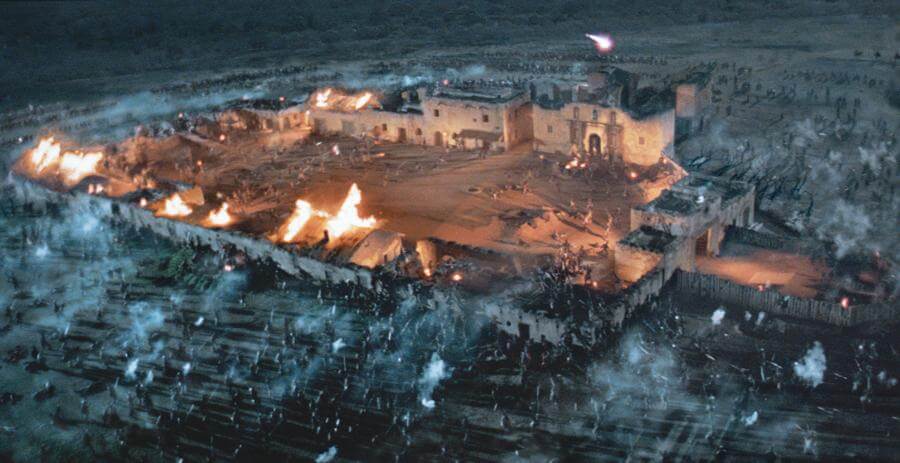

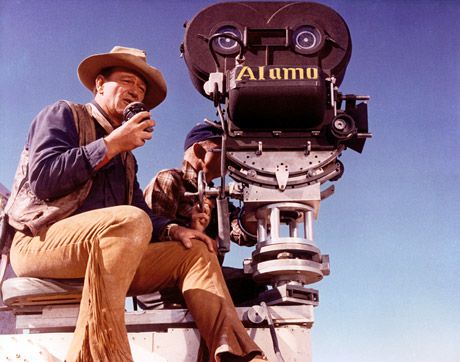

Oscar Win for True Grit
In the late '60s, Wayne finally won an Academy Award for Best Actor for his performance as the boozy, one-eyed U.S. Marshal Rooster Cogburn in 1969's True Grit - considered his most against-type role.
Wayne famously remarked as he accepted the award in 1970, "If I'd known that, I'd have put that eyepatch on 40 years earlier."
Wayne's Health Declined Rapidly in the 1970s
John Wayne was one of the classic Hollywood stars who lived a fast-paced lifestyle for many years. He had been a chain smoker since childhood and often worked long hours on physically demanding film shoots.
In the late 1960s, Wayne's health started to visibly deteriorate. He had hundreds of moles removed from his skin and suffered from lingering bronchial problems.
While filming The Shootist in 1976, Wayne's stomach cancer was diagnosed, but he still completed the film. He died at age 72 in 1979 after a brief but agonising battle with the disease.





In Closing
John Wayne's legacy is complex but undeniable. For over 50 years, he personified a kind of swaggering masculinity, rugged individualism, and American idealism on screen.
From humble beginnings, Wayne carved out a prolific career playing cowboys, soldiers, and lawmen. Under great directors like Ford and Hawks, Wayne became the Hollywood epitome of "man's man."
He came to embody the archetype of Americana on an international level. Wayne stood as a symbol of U.S. courage, determination, and integrity during the Second World War and Cold War eras.
But Wayne was also a flawed man with reactionary politics. His statements and beliefs later in life often contradicted the justice-seeking characters he portrayed.
Nonetheless, with over 150 films, John Wayne's impact on cinema is monumental. More than just another movie star, he represented an entire culture and mythology for generations of Americans. The Duke remains an enduring icon of Hollywood's golden age.
More Recommendations from The Rewind Zone
Please consider Subscribing to this site (It's FREE!) to get your weekly fix of Movie Nostalgia
Please show your support to our enterprise by checking out our Youtube channel, every view keeps us moving...
Happy viewing!





Comments ()